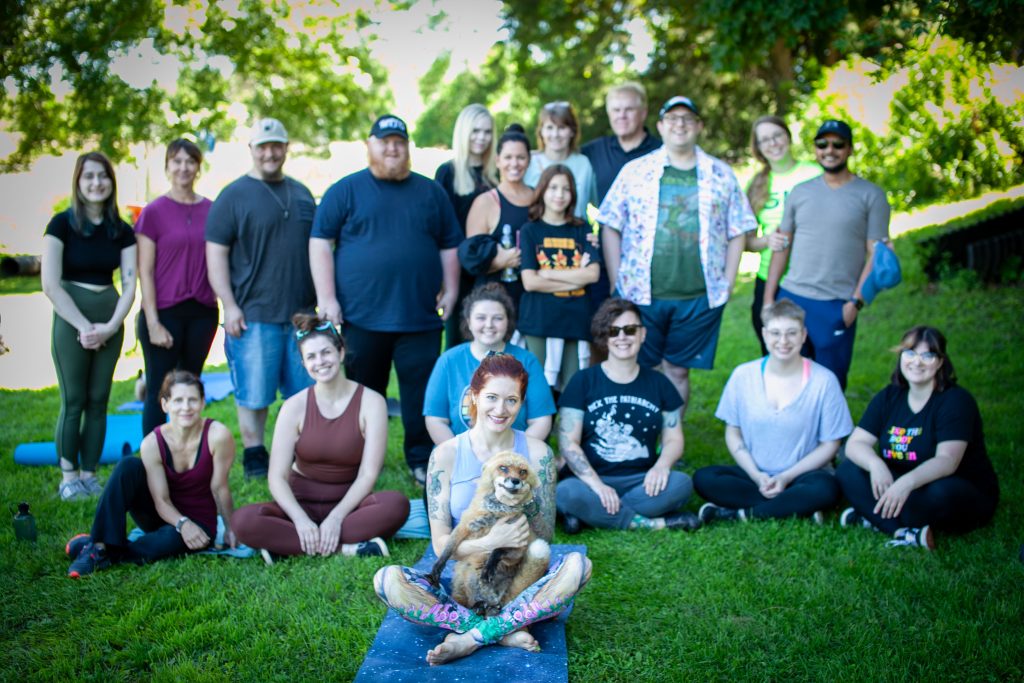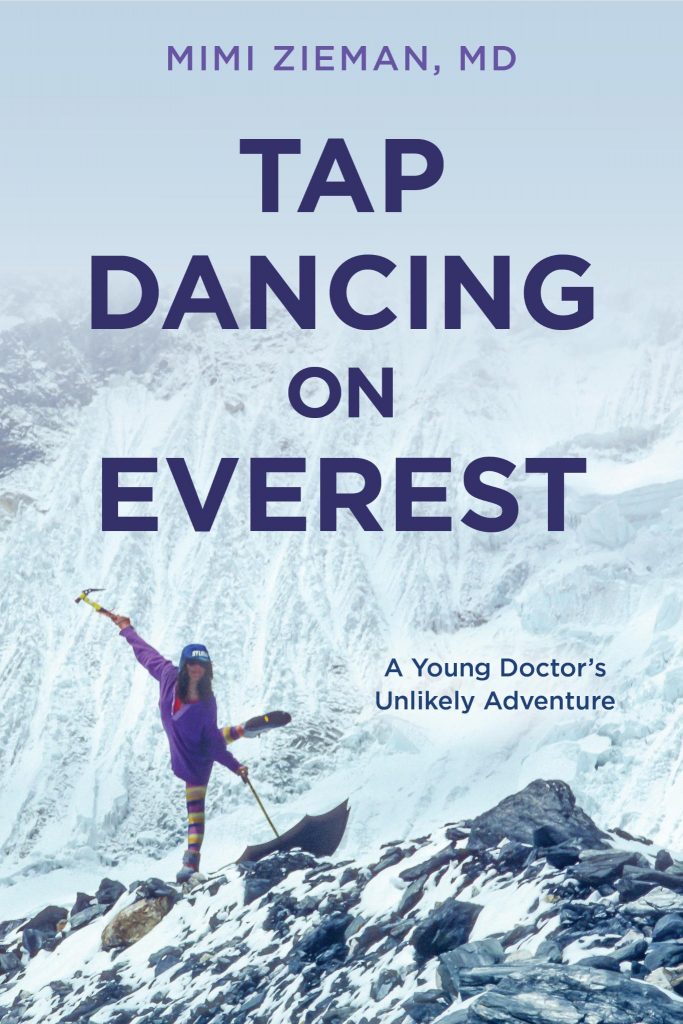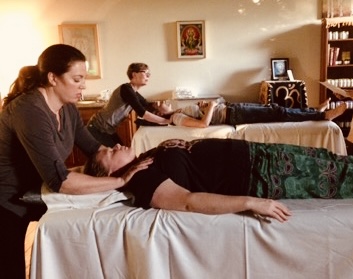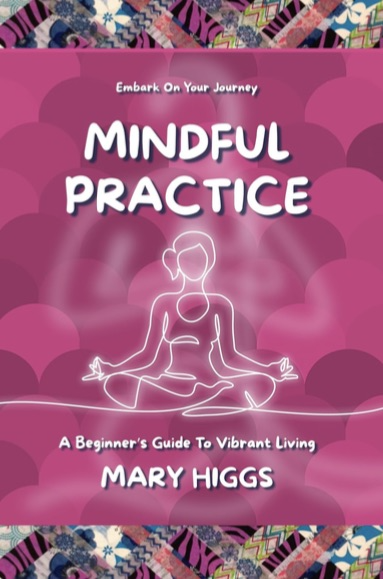Navigating a post-pandemic world can be difficult.
After years of living in isolation from family and friends and without the social stimulation from in-person interactions, a sedentary lifestyle has become the norm. Addictive and destructive social media platforms and the powerful influence of the mass media now fulfill the need for belonging and happiness.
Chronic diseases such as depression, eating disorders, and drug and alcohol addiction resulted in an unprecedented number of suicide rates around the world. With stress levels on the rise, the need for tools and techniques to improve both physical and emotional health is paramount.
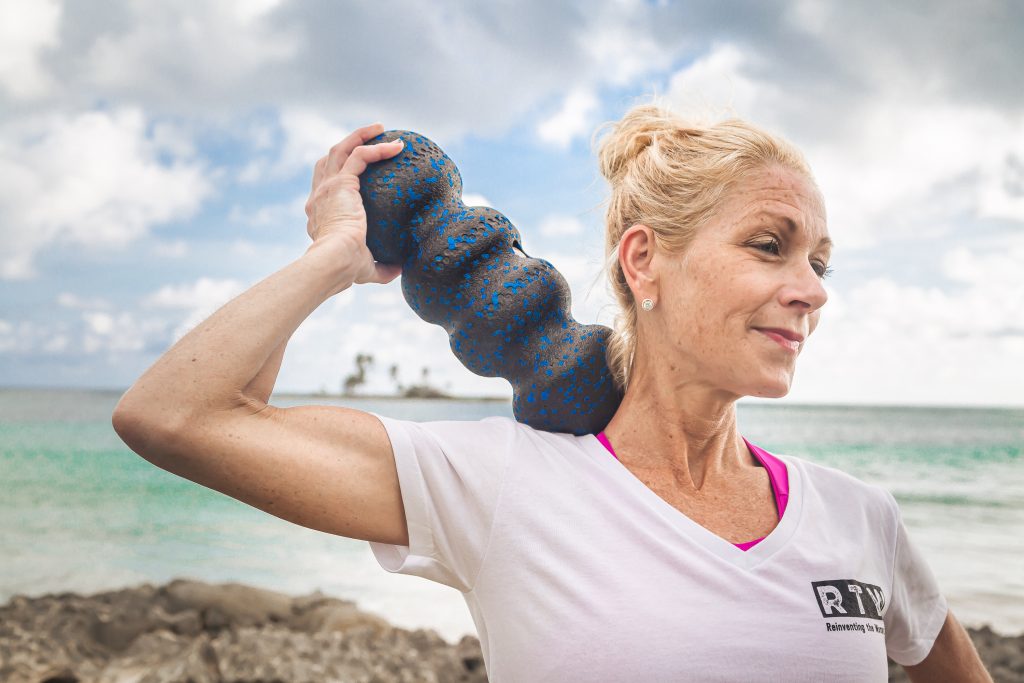
In fact, in a recent double-blind study of over one hundred young adults ages 13-19, 48.5% reported they experience elevated levels of stress multiple times each week, while 39.6% reported they experience elevated stress levels daily.
So, what is the solution?
It is time to learn the most innovative and evidence-based methods to improve both physical and mental health: pressure point techniques. Pressure points, also known as trigger points, are areas around the body where you will apply pressure to restrict the flow of blood to shut down pain to a certain area. When the pressure releases, it causes an increase or gush of blood to flow to that area, hence improving the circulation throughout the entire body.
By utilizing daily pressure point techniques, it is possible to:
- Manage the most important stress hormones such as cortisol, glucagon, and prolactin.
- Improve concentration and memory.
- Increase blood flow and circulation.
- Emulate the brain stimulating and calming effects of exercise.
- Foster inclusivity for ALL ages, fitness levels, and abilities.
- Decrease stress and anxiety.
- Improve social and emotional wellness.
But that’s not all!
According to New York University neuroscientist, Wendy Suzuki, “exercise stimulates growth factors and stores up cells in both parts of the brain… protecting your brain from aging and neurodegenerative diseases.” Therefore, your brain will function at a higher level for more years as you age.
Research shows exercise enhances short-term brain function by stimulating “…the release of a wide range of neurochemicals and neurotransmitters and growth factors. They include serotonin, dopamine, [and] endorphins” (Suzuki & Horton, 2020). In addition, long-term effects of exercise impact the prefrontal cortex, the part of the brain responsible for problem solving and decision making, and the hippocampus, the part of the brain critical for memory and highly susceptible to aging.
Now, you may be wondering how using pressure point techniques relates to the effects of exercise on the brain. The answer is quite simple. Once you learn the locations and purpose of major pressure points throughout the body, you will be able to emulate its effects. Fascinatingly enough, it IS possible to replicate the physiological effects of exercise on various regions of the brain.
For example, if you apply medium pressure for about 1-2 minutes to various pressure points throughout the body, you will experience a variety of physical and emotional benefits! It’s time to explore the endless possibilities of infusing pressure point release techniques into your daily health and wellness routines.
Try these:
- Improve Concentration/Focus: Press on the top/crown of the head.
- Reduce Tension Headaches: Apply pressure between your thumb and index finger.
- Reduce Stress: Squeeze between your eyes with your thumb and index finger.
- Improve Energy/Mood: Press on the outer edge below the kneecap.
- Lower Anxiety: Press in the center of the chest next to the heart.
- Induce Relaxation/Improve Sleep: Press on the sole of the foot in the groove that appears when you curl the toes.
- Reduce Back Pain: Apply pressure to the back of the knee.
Christine is an international award-winning fitness educator, chronic disease wellness specialist and consultant. A best-selling author, keynote speaker, and creator of ten medical and fitness courses, she founded Conti Fitness and Wellness and Reinventing the Woman LLC. Her personal battle with chronic illness led to her ongoing research to prevent and reduce symptoms of disease through exercise, nutrition, and lifestyle choices. Christine has since run over 50 marathons and completed 3 IRONMAN and 100-mile races. She believes ANYTHING IS POSSIBLE.










